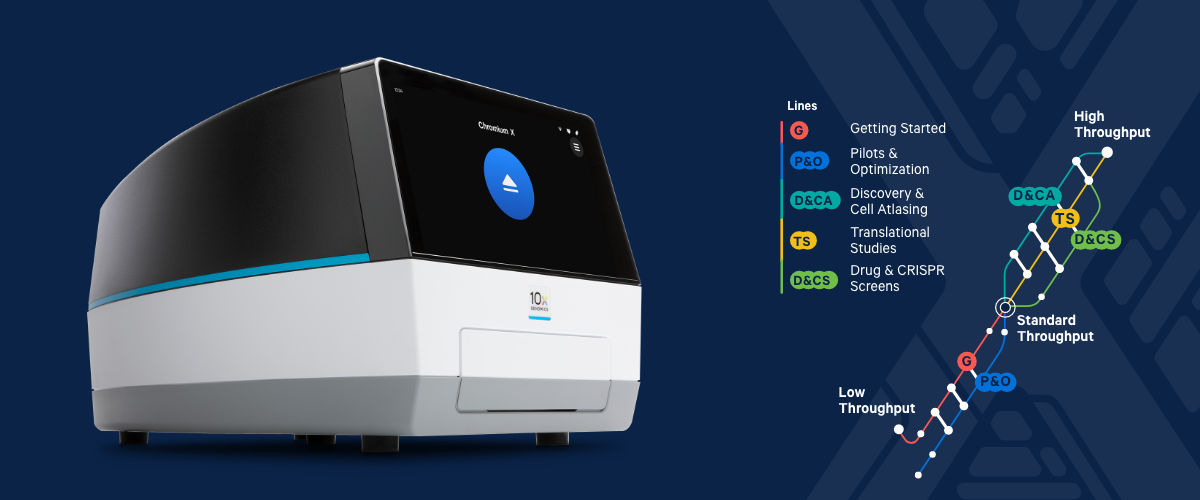

To minimize sample clogging follow these best practices: Handle Gel Beads in a sterile environment.Make sure Gel Beads are completely thawed and vortex prior processing.To minimize Gel Bead clogging follow these best practices: Please send (1) the lot numbers of the Gel Beads and chips that were used when the failure occurred, (2) a picture of the failed emulsions in the pipette tips/strip tubes and the chip (see this article: How should I take photographs to document clogs and wetting failures?), and (3) a recent purchase order and a contact phone number to practices to minimize clogs: As part of our warranty policy, clog and wetting failures that have been properly documented are reimbursed with replacement reagents and chips.Similarly, if a large number of cells have been run, this may also increase the likelihood of generating sufficient amounts of cDNA. Specifically, i f the clog occurred near the end of the run, most cells will have been partitioned into GEMs. However, if it is a precious sample in which additional cell material cannot be obtained and cells would be lost otherwise, it may be possible to continue with the protocol and generate cDNA, albeit at lower levels, and with the knowledge that the number of recovered cells will be lower. We strongly recommend rerunning the sample if a clog occurs during GEM generation. Other materials other than pipette tip lids have not been tested, may introduce unwanted debris, and are not recommended. For HT chips (in which secondary holders are open while loading), a pipette tip lid may be placed over the chip itself and does not need to fully cover the opened portion with the gasket attached. To further minimize the rate of microfluidic clogs resulting from the introduction of dust / debris during chip loading, pipette tip lids may be used to cover the open chip between loading steps.
#10x chromium gel bead sequence free#
To reduce the rate of microfluidic clogs, we recommend storing and loading chips in an area free of dust and debris. They will result in faster than usual depletion of Gel Beads and lower cDNA yield. Sample clogs are the result of suboptimal sample preparation of single-cell suspensions.A clog in the Gel Bead line causes Gel Beads to flow slower, leaving an excess of Gel Beads behind. Gel Bead clogs are caused by improper handling of Gel Beads.Best Practices to Minimize Chromium Next GEM Chip Clogs and Wetting FailuresĬlogs are generally caused by sub-optimal sample preparations, non-sterile work environments, clumping of Gel Beads and/or slow chip loading.ĭistinguishing between sample clogs and Gel Beads clogs:.If other samples are run in parallel, the clogged sample wells may have uneven volumes of remaining reagents compared to other sample wells.Īdditional details can be found in our Technical Note: This is evidenced by recovering less than 100 ul GEMs from the recovery well (see figure below) or an excess of Partitioning Oil in the recovered GEMs. Question: Should I proceed if there is a sample clog?Īnswer: When running samples in the Chromium Controller, occasionally a sample clog may occur.


 0 kommentar(er)
0 kommentar(er)
